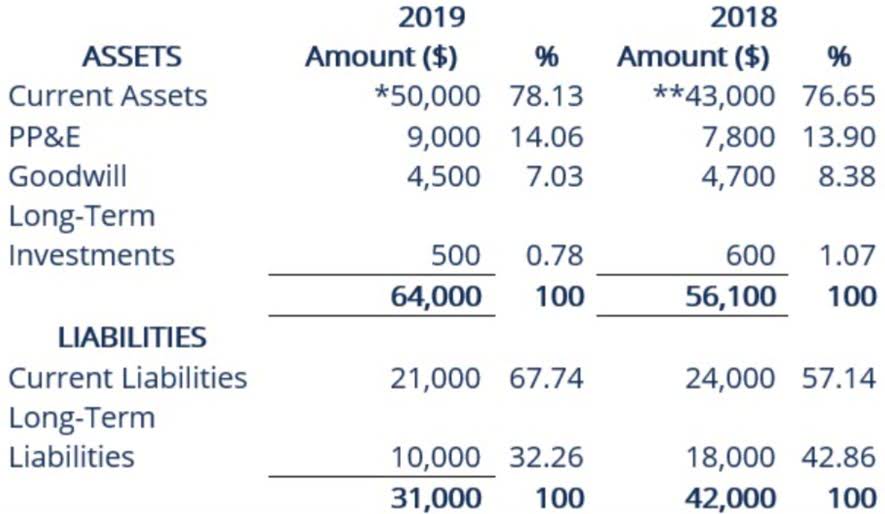
If a business owes money to a person, bank, or organization, it might disburse money to the appropriate party from an account earmarked for that purpose. If you’re owed money from an organization, perhaps from a class-action lawsuit, your payout might come from a much larger disbursement of funds from that organization. When funds are paid out from one entity to another, it’s called a disbursement. A disbursement is usually cash or the equivalent of cash, and it’s often a form of payment. You might disburse money to a company, or a company might disburse money to you—in the form of a refund, for example. Disbursements also flag your different payment methods and shed light on disbursed vs undisbursed funds.

Disbursements typically refer to payments involving cash or cash equivalents. Making an electronic transfer from your account to someone else’s is also a disbursement. Paying your monthly bill with a check also counts as a disbursement. A disbursement is a payment that a person or business disbursement meaning in accounting makes to another company or individual. When you send cash to someone from your account, you disburse the funds to them. Digital or electronic payments have become a common method of disbursement, as they are often more efficient, secure, and cost-effective than traditional paper checks.
Premium Investing Services
This is done by mandating once-a-day distributions of checks, and happens early in the day to meet investment and fund management goals. Effective cash management starts with knowing the difference between disbursements and payments (reimbursements) and when to make them. The term “disbursement” is used to describe fund transfers to and from different entities, including lenders, governments, nonprofits, and the general public. Disbursements most commonly are made by corporations, governments, and non-profit organizations, using funds from one account that are paid to another party.
- For example, payroll disbursements are made to pay salaries to employees, which can be performed manually or automated through payroll software.
- Businesses track disbursements because they want to keep track of every time money leaves the business’s accounts.
- The electronic transfer is a disbursement that the shop’s bookkeeper records.
- After almost a decade of experience in public accounting, he created MyAccountingCourse.com to help people learn accounting & finance, pass the CPA exam, and start their career.
- So — there are as many types of cash disbursements as there are different kinds of payments.
- Disbursements journals and ledgers are a record of the money flowing out of the business and may differ from actual profit or loss.
- It is commonly used in fields like accounting, business, and finance.
In contrast, reimbursement involves repaying individuals or entities for expenses they’ve already covered. Disbursement is allocating or releasing funds from a designated source or account aimed at a specific purpose or recipient. The action of releasing or distributing funds to fulfill different financial obligations or purposes. Out-of-pocket Medicare expenses are usually reimbursed by filing a claim.
Future-Proofing B2B Payments: The Payment Automation Handbook
Each type serves different purposes, meeting various payment needs and preferences. Some states will reimburse patients for medical bills paid out-of-pocket. If so, their Medicaid information should be provided to their doctor. You’re based in Manchester and need to travel to their headquarters in Birmingham for four days to get the project started.
- If you take money out of a retirement account, you receive a disbursement of money.
- Disbursement is when one person, company, or organization distributes funds to another person, company, or organization, usually from a larger pool or collection of funds.
- Reimbursement occurs after an individual or entity has made payments or managed expenses, reimbursing them for those costs.
- Although disbursements are commonly found in business spending, there are other forms of disbursement in escrow, education, and special funds.
- Federal and private student loans are generally disbursed two or more times during the academic year.
- Record-keeping for disbursements also enables a company to meet audit requirements, spot potential fraud, and make realistic plans.
An entry of disbursement records the date, payee, purpose of payment, debit or credit amount, as well as the impact on a business’ cash balance. When you write a check from a business account, that form of payment is typically referred to as a disbursement check. This term is never used for personal finance, only company payments. Peakflo’s Accounts Payable automation extends beyond payments, encompassing the entire accounts payable process. Boost your efficiency by automating invoice approvals and payment workflows.
What Is Disbursement?
These records offer valuable insights into cash flow, expense tracking, and support audit reviews. Cash disbursements measure the amount of money that’s actually flowing out of a company, which may be very different from the company’s profit or loss. It’s a form of payment from a public or dedicated fund (in their own name) on behalf of a client (to a third party), where reimbursement is subsequently sought. In general, disbursement is a term that describes the spending and distribution of money from a financial institution. Accounting and finance departments or professional bookkeepers generally handle disbursement records.

However, the widespread use of electronic checks has made this technique less practical. Simply put, a disbursement is money that is paid out from a dedicated fund. This includes operating expenses like rent, interest paid on loans, and cash dividends to shareholders.
More finance guides for small businesses
For example, if an account holder falls victim to identity theft or a data breach. Organizations, whether businesses, insurers, or governments, have a vested interest in ensuring that reimbursements are only provided for legitimate reasons. Employees, insurance policyholders, and taxpayers can file for an expense that never occurred or inflate the value of an expense. This requires the reimbursing organization to develop internal control processes in an attempt to catch fraudulent reimbursement requests. Other types of disbursements could be for products or services that you don’t offer but are able to organise on behalf of your customer. A disbursement can be a range of different payments, but it’ll always be something you’ve paid for on behalf of your customer and not something you’re charging for as a result of your work.
However, unlike typical compensation, reimbursement is not subject to taxation. Cash disbursements (also called cash payments) are made by a business during a specific period (like a quarter or year). It’s the cash outflow from a company to settle obligations like operating expenses, interest payments, and accounts receivables. A disbursement voucher (DV) is a form that is submitted to have a check prepared for payment.


Deixe um comentário